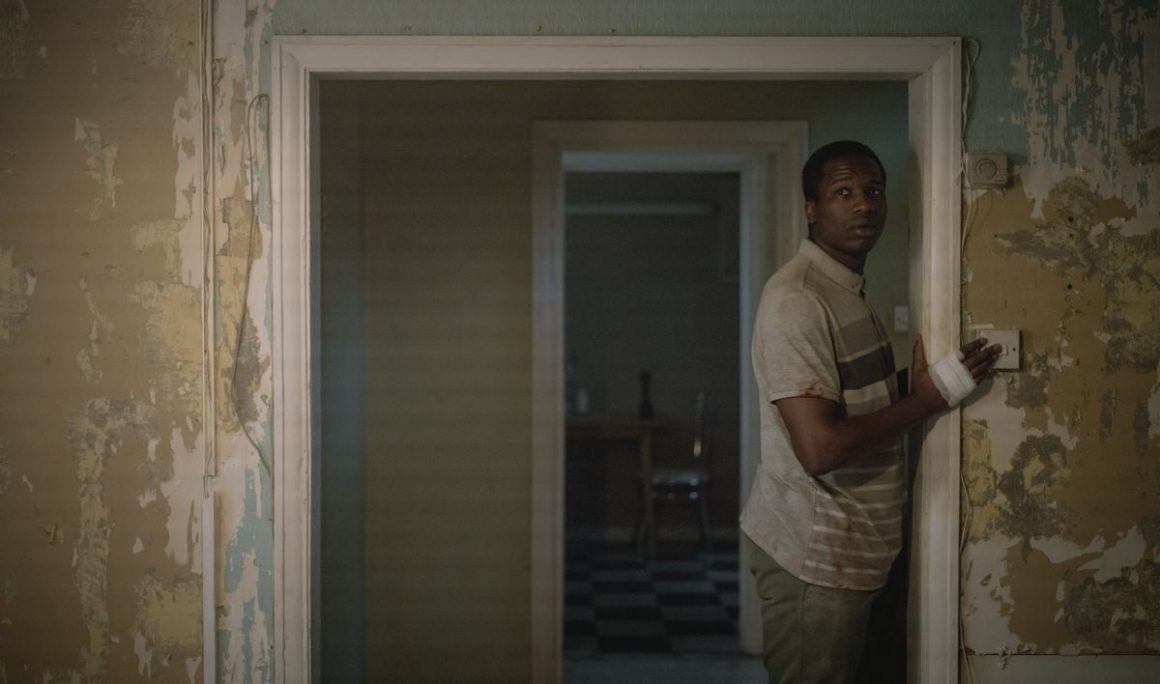
The horrors of repressed trauma in immigrants is personified in Netflix’s “His House”
By Krishna Shetye, January 4 2021—
“Based on a true story,” are words no one ever wants to see in the credits of a horror movie. While we are usually frightened by unexplainable supernatural events, or the worst of humanity magnified through screams and gore, His House, offers a much scarier alternative to mainstream horror — the manifestation of guilt and trauma.
The new Netflix release doesn’t need to disclose its roots in reality, as director Remi Weekes paints a story we all know too well from the news and perhaps from our own experiences. The film follows Bol and Rial Majur, a Sudanese couple seeking refuge after fleeing to England. Despite reaching their safe haven, their happy ending doesn’t seem to be within reach due to a sinister presence in their new house.
His House explores the couple’s desire to fit into their new society, and their brutal attempts to rid themselves of their shared trauma of the past which centers around the tragic death of their daughter. Themes of survivor’s guilt and Post Traumatic Stress Disorder (PTSD) are physically projected into the couples’ nightmarish new home, which seems to be falling apart. The mystery in their seemingly ill fated housing assignment is whether or not the evil force haunting them was already there, or if it followed them from Sudan.
Throughout the film the director expertly depicts undertones of racist microagressions by the immigration authorities, played by the Crown’s Matt Smith, and neighbours who belittle and disrespect the couple. The acting from our two main characters, played by Wunmi Mosaku, and Sope Dirisu, who convey their tragic past through vivid facial expressions and brief but powerful dialogues is absolutely incredible. The character of Bol, especially, shows a slow and steady build up to fully acknowledging his sins and the trauma he shares with his wife. Weekes achieves a stunning blend of supernatural and real life elements that are shrouded in both horror and sadness. He expertly immerses the audience in the couple’s experiences, be they the universal need to fit in — especially as immigrants in a new country — or the desperate need to escape our own shared traumas which continue to haunt us in our everyday lives.
The final scene where all the repressed guilt and damage manifests into the true force that haunts the couple is incredibly emotional. In addition, the final dialogue has a beautiful tenor of acceptance. I strongly recommend giving this film a watch for a deeper understanding of the real life horrors that exist in our world and why they connect us as human beings.
